The occupational therapist and professor at the University of Burgos, Olalla Saiz, together with several of her students, shares in this article a intervention proposal for children with ADHD.
The group chosen for the intervention is a group of people aged 8-12 with Attention Deficit Hyperactivity Disorder (ADHD).
ADHD Symptoms
It is defined by the ICD-10, in which the diagnostic criteria specify that the person must present at least six persistent symptoms of inattention, three of hyperactivity and one of impulsivity.
Meanwhile, the DSM-5 defines ADHD more broadly. It details that the person must present at least six symptoms of inattention and six of hyperactivity or impulsivity.
Likewise, symptoms must appear before age 12 in at least two life settings and for a minimum of 6 months.
Characteristics of ADHD
First, ADHD can appear in three forms depending on the clinical presentation; in this case it presents as the combined type (hyperactivity, impulsivity and inattention).
- These users have difficulty performing the same activity for a sustained period and forget routine actions;
- frequently, they present challenging oppositional conduct problems;
- difficulties in inhibiting or modulating their responses or immediate reactions to situations;
- it should be borne in mind that these are people who do not reflect on the consequences of their actions, since they respond without reasoning or make inappropriate comments without thinking about others’ reactions;
- they lack inner speech before an action, answer without evaluating possibilities and effects of the responses they execute and, when they become aware of the consequences of their actions it is already too late, which makes the act inappropriate;
- Their impulsivity makes it difficult to wait their turn.
In short, the intervention is carried out first individually and then collectively, so Occupational Therapy must take all this information into account.
Intervention proposal for children with ADHD
Objectives
The general objective is to carry out an attention-focused intervention through the NeuronUP application.
Specific objectives
It also includes specific objectives:
- Stimulate sustained attention,
- promote focused attention,
- encourage divided attention,
- promote alternating attention.
Structure of the intervention session
- The session for this intervention proposal for children with ADHD is focused on a 10-year-old child with ADHD.
- The intervention will be carried out through the NeuronUP platform.
- Duration between 30 and 40 minutes because this group has problems with sustained attention, which makes longer sessions difficult
NeuronUP activities to carry out this intervention proposal for children with ADHD
Below, we explain in detail the activities chosen to carry out this intervention proposal for children with ADHD:
1. Let the game begin!
What does it consist of?
In this game, the children will have to be able to reorganize the balls. On one side, they must place the soccer balls, and on the other the basketballs. All while they keep moving.
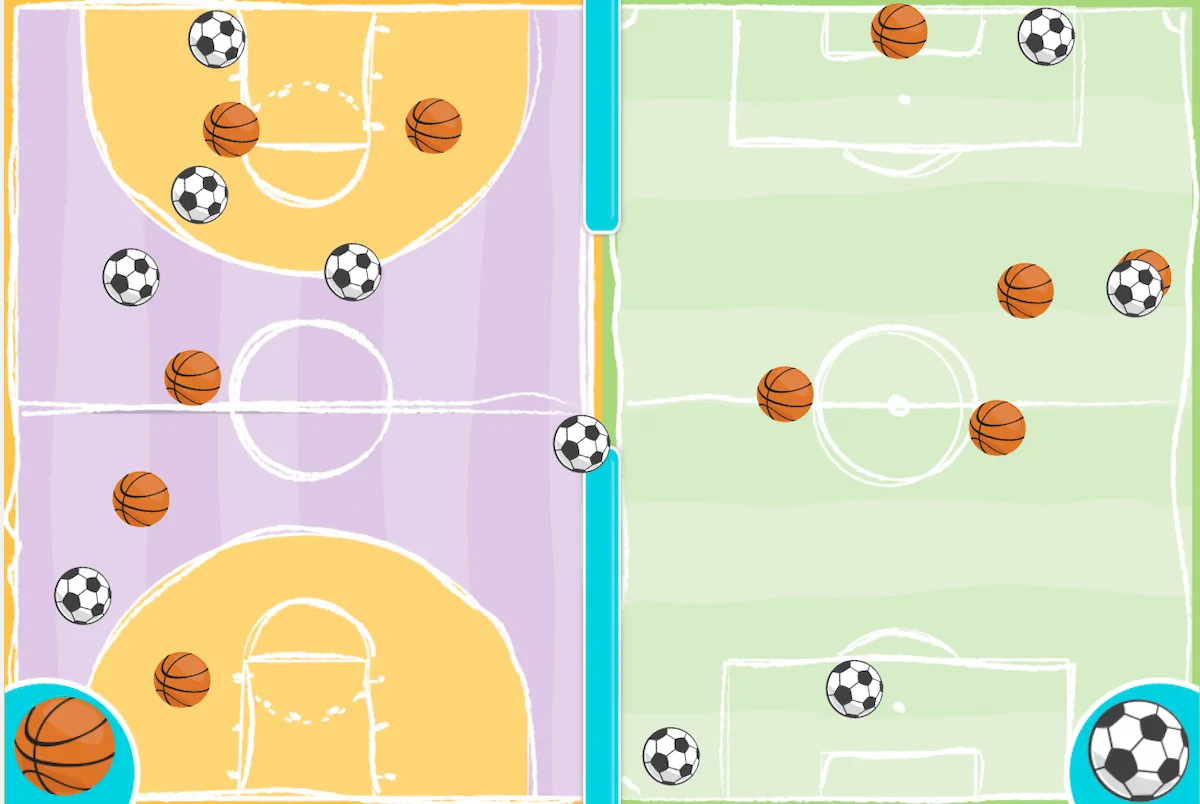
What does this activity work on?
It is an ideal activity to work on planning, selective attention, sustained attention, hemineglect and processing speed.
Play by levels
The game is divided into 9 stages, with stage 1 being the easiest and 9 the most difficult. The child will move up or down levels automatically according to their hits or errors, taking into account that they have three lives per stage.
2. Waiter in Action
What does it consist of?
In this activity the child will have to wait for the plate that appears on the waiter’s arm to correspond to one of those around him, at that moment they must click with the mouse on the plate.

What does this activity work on?
Waiter in Action works on:
- Alternating attention,
- selective attention,
- sustained attention,
- inhibition.
Play by levels
The game is divided into 9 stages, with stage 1 being the easiest and 9 the most difficult. The user will move up or down levels automatically according to their hits or errors.
What does this activity work on?
Waiter in Action works on:
- Alternating attention,
- inhibition,
- sustained attention,
- selective attention,
Play by levels
The game is divided into 9 stages, with stage 1 being the easiest and 9 the most difficult. The user will move up or down levels automatically according to their hits or errors.
3. Discover the Missing Piece
What does it consist of?
Discover the Missing Piece consists of identifying the part of the drawing that is shown.
In this activity, a part of the image will appear at the top that the person will have to find. As shown in the following image.
This activity will be done in person and, at the same time as it is carried out, music they like will be played to work on divided attention.
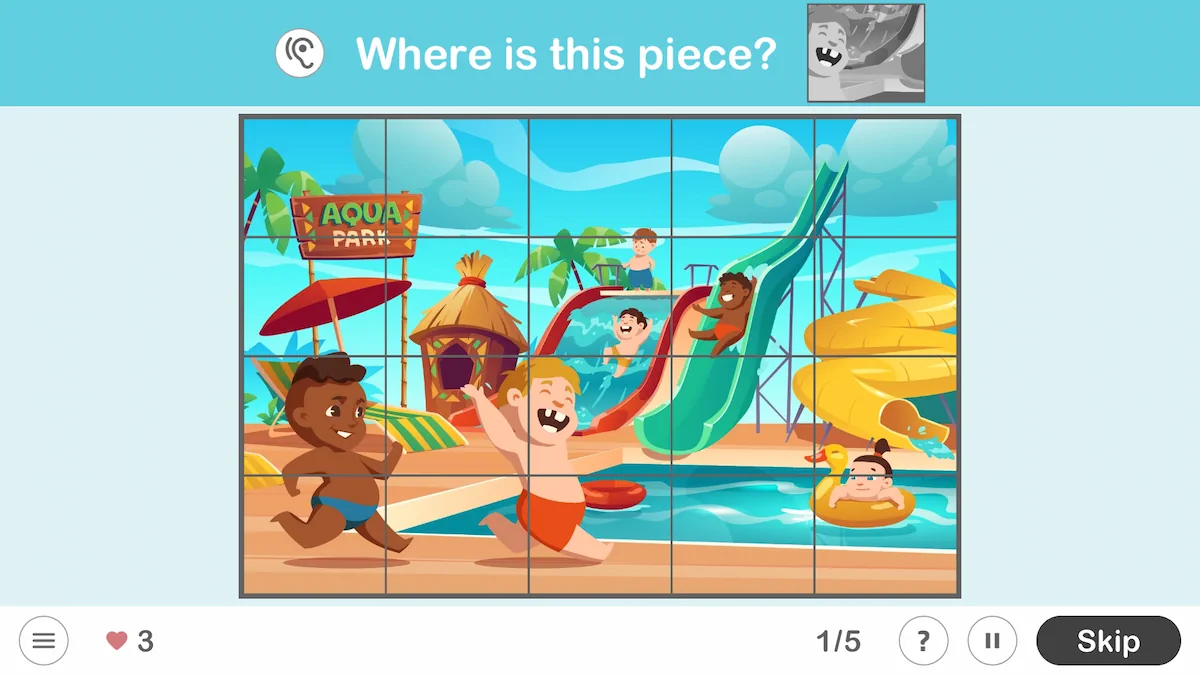
What does this activity work on?
This activity works on:
- Selective attention,
- visual gnosias.
Play by levels
The game is divided into 12 stages, with stage 1 being the easiest and 12 the most difficult. The user will move up or down levels automatically according to their hits or errors.
4. Trap the Mice
The last exercise of this intervention proposal for children with ADHD is Trap the Mice.
What does it consist of?
In this activity, the user must count each of the mice that are in the circus.
They can enter the total number of mice in two different ways, either with the device keyboard or with the keyboard provided in the activity.
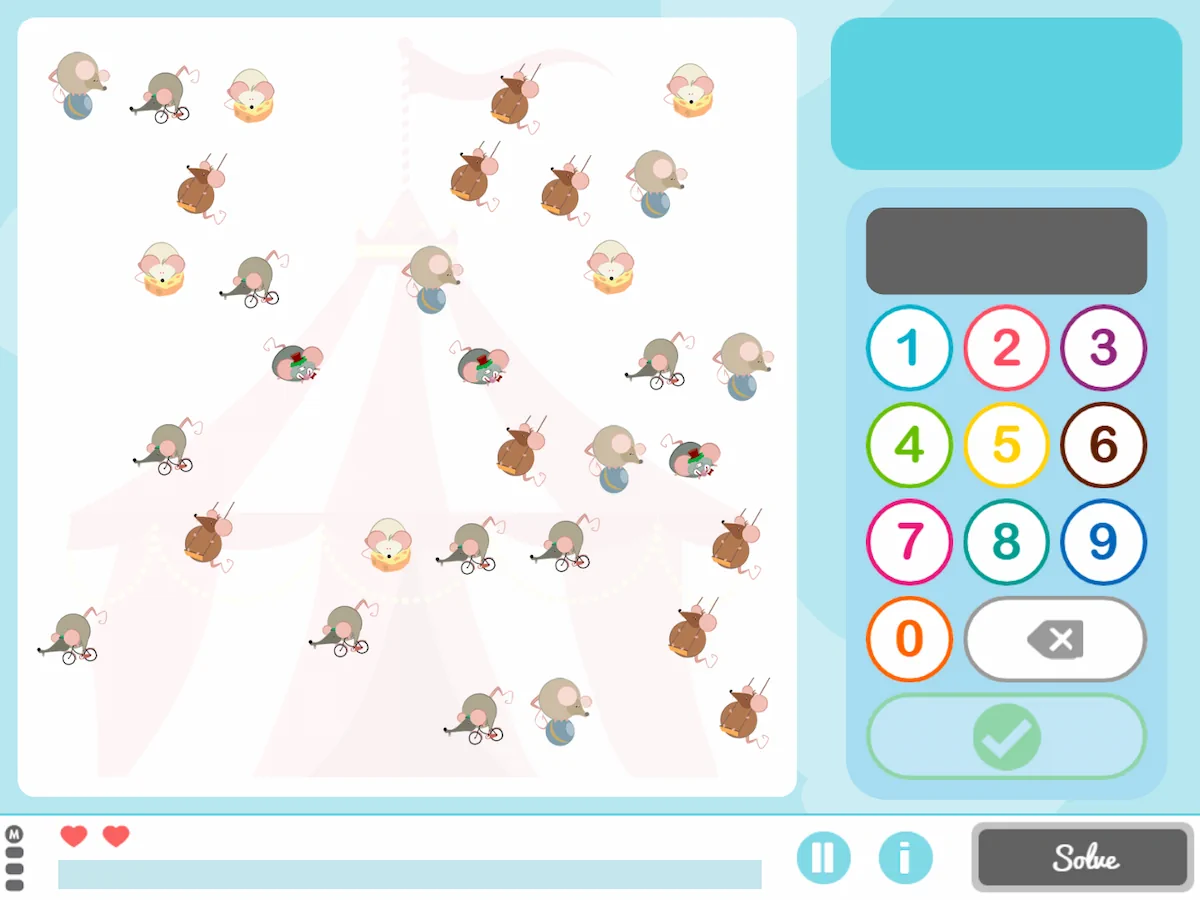
What does this activity work on?
This exercise is designed to work on:
- Processing speed,
- sustained attention,
- working memory,
- planning.
Personalization of the activity
You can adapt the activity to suit the needs of each user. You can edit:
Parameters
- Range of numbers.
General aspects
You can also configure general features such as operation (correction mode or free and maximum allowed errors), maximum time, whether or not a visible timer is desired for the activity and an inactivity warning. In addition, instructions can be modified.
In addition to Olalla Saiz, Laura Alonso, Miriam García, Luján Maestro and Sara Martínez contributed to the making of this article.
If you liked this intervention proposal for children with ADHD, we recommend you take a look at these posts:
“This article has been translated. Link to the original article in Spanish:”
Propuesta de intervención para niños con TDAH
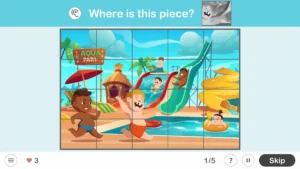

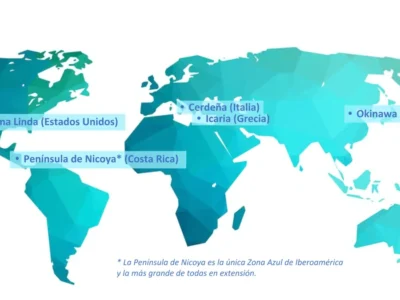
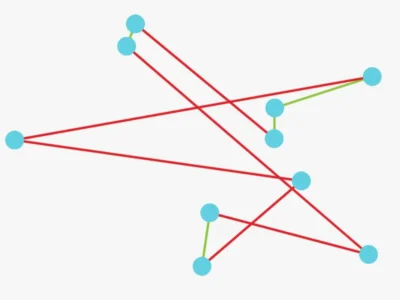



 Benefits of reading for the brain
Benefits of reading for the brain
Leave a Reply